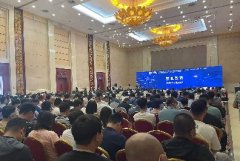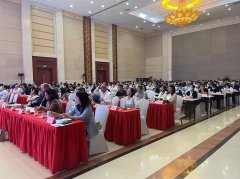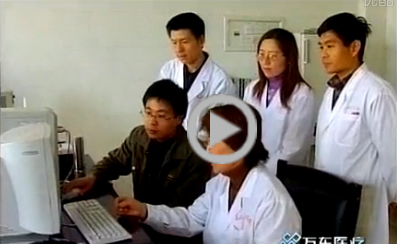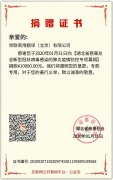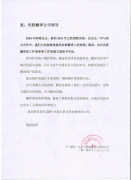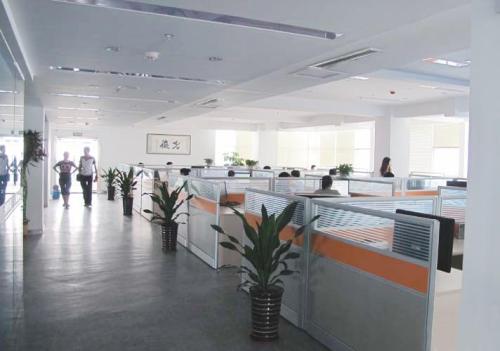上海翻译公司完成植物种植英文翻译
时间:2018-05-17 08:44 来源:未知 作者:dl 点击:次
上海翻译公司完成植物种植英文翻译
“Vine Bean”, a new efficient vegetable species, is developed by the hybridization of male-sterile wild vine bean female parent and soy bean with graininess induction, selfing separation, acclimatization and other technical techniques. Its cultivation techniques are as follows: I. Soil Selection The preference temperature for vine bean seed to sprout is 15-32℃, and the plant could stand 42℃ high temperature. Vine bean is drought-enduring and is adaptable in all kinds of soils, especially sandy soils with good drainage. One time sowing, years’ harvesting. Moreover, its nitrogen-fixing bacteria is sensitive to soil pH, and its optimum pH is 7.4-7.6. For acid soils, moderate lime could be used to improve nitrogen fixation efficiency, so as to stimulate the growth and development of vine bean. II. Soil Preparation and Fertilization上海翻译公司完成植物种植英文翻译 To stimulate the development of root system and provide suitable environment for the growth of vine bean nodule bacteria, the field should be plowed basked then fertilized and leveled. Generally, every 667m2 requires 600kg farmyard manure and 20kg compound fertilizer which contain 15% nitrogen, 15% phosphorus and 15% potassium. III. Soil Disinfestation and Sterilization To prevent underground pests and root rot, generally every mu (=0.0667 hectares) should be applied: Lorsban 1000g, Root Rot Ingenious 100g. Blend Lorsban and Root Rot Ingenious with fertilizer. IV. Covering Mulching Film For weeds control and soil moisture conservation, cover mulching film on the leveled field. Timely Sowing Sow when the average temperature is above 15℃. Before sowing, soak the seeds with clean water for about 20-30 minutes. The ditch should be deep and 20cm broad, and the rectangular field piece should be narrow, 1.5m broad and 25-30cm high. Sow two lines in each piece, leave 80cm between two lines, and 80-100 cm between two pits. Sow 1-2 seeds in each pit and cover with 2cm thick soil. Every 667m2 requires about 1kg seeds and each pit should be left with one plant. VI. Frame and Pruning 1. When the vine is 35-40cm long, put up V frame or arch with long bamboo poles, then lead the plant onto the bamboo pole. Frame should be 2-2.2 high, arch should be about 2m high and 2m long. 2. All lateral buds under the first inflorescence of the main stem should be removed. 3. If the fertilizer and water are sufficient and the plant is growing healthily, do not pinch heavily, so as to get more inflorescences. 4. When the main stem is about 2.5m long, conduct tip pruning and pinching timely, so as to control its growth and stimulate lateral buds to form, then avoid nutrient waste and facilitate capsule picking. VII. Field Topdressing The emphasis of vine bean topdressing is during early flowering, then seedling stage. 1. The nodule bacteria of immature bean seedling could not play its role effectively, so nitrogenous fertilizer is required to timely stimulate the growth of root system and early branching. Generally, every 667m2 requires 100-150kg human and animal excreta, or 60kg high nitrogen compound fertilizer plus 15kg urea. 2. The flowering and podding stage of vine bean is the peak of phosphorus, potassium and molybdenum absorption, so the optimum topdressing stage is early flowering stage. After flowering, spray 0.5% monopotassium phosphate solution every week, so as to increase yield. Trace element molybdenum could increase the chlorophyll content in vine bean leaves, stimulate the formation of protein and strengthen phosphorus absorption. Spray 0.05% ammonia molybdate on the leaves, so as to reduce falling off flowers and increase yield. After capsule picking, timely spray phosphorus and potassium fertilizer such as 0.5% monopotassium phosphate solution. Monthly root application requires 100-150kg/mu human and animal excreta , or 60kg high nitrogen compound fertilizer plus 15kg urea. VIII. Pest Control and Prevention 1. Leaf spot. Firstly, puce spots occur on both sides of leaves, then expand to round shape, the surface of the spots has dark green or dark brown mold materials. This disease may occur in hot and humid conditions, and also poor ventilation and light conditions. For control and prevention, increase the application of potash fertilizer, so as to strengthen the premunition of plants. At early stage, timely spray 70% thiophanate methyl wettable powder 1000 time solution or 50% carbendazim wettable powder 1000 time solution, spray once in every 7-10 days, and spray for 2-3 times. 2. Aphid. Spray 10% One-Time Clean 2500 time solution. Biological prevention and control method also could be adopted: take some hot pepper (ripe and dry) into boiled water for 10-15 minutes, take out the hot pepper when the water cools down, then spray the hot pepper water onto plants with aphid disease. 3. Bean-pod borer and bean noctuid. These two pests both are borer pests and should be prevented and controlled with agent before their 3rd larva stage. Spray 80% DDVP emulsion 800 time solution, bio-pesticide Pest Suppression 1000 time solution or NPV 800 time solution. Moreover, add a little 90% crystal dipterex or other absorption agents like 30% acephate emulsion into Pyrethroid pesticides then spray. IX. Picking and Storage Vine bean only requires about 50 days since sowing to harvest. Timely pick up plump pods, generally pick up once in every 3-4 days, so as to prevent pod aging; seed grains could be picked up when the pod is totally ripe, and stored at ventilative, cool and dry places. 世联翻译-让世界自由沟通!专业的全球语言翻译供应商,上海翻译公司专业品牌。丝路沿线56种语言一站式翻译与技术解决方案,专业英语翻译、日语翻译等文档翻译、同传口译、视频翻译、出国外派服务,加速您的全球交付。 世联翻译公司在北京、上海、深圳等国际交往城市设有翻译基地,业务覆盖全国城市。每天有近百万字节的信息和贸易通过世联走向全球!积累了大量政商用户数据,翻译人才库数据,多语种语料库大数据。世联品牌和服务品质已得到政务防务和国际组织、跨国公司和大中型企业等近万用户的认可。 |





